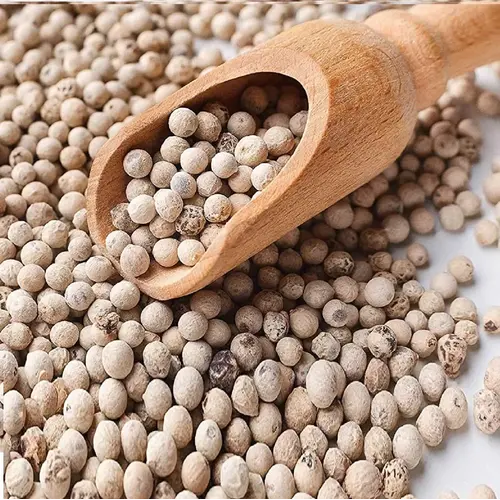Description
In addition to its culinary value, white pepper is rich in beneficial nutrients and has been used traditionally to aid digestion, reduce inflammation, and promote overall well-being. It contains piperine, a powerful compound known for its antioxidant and anti-inflammatory properties. As a result, white pepper not only adds depth to your meals but also contributes to a healthier lifestyle when used regularly and in moderation.


